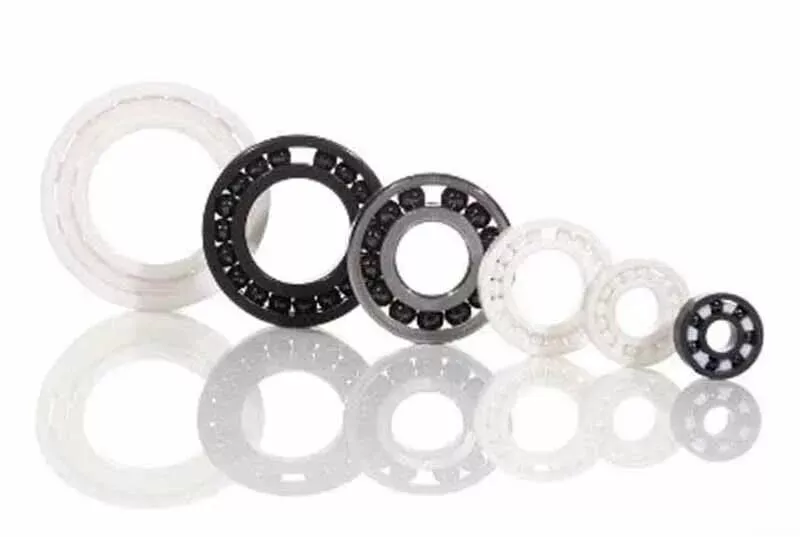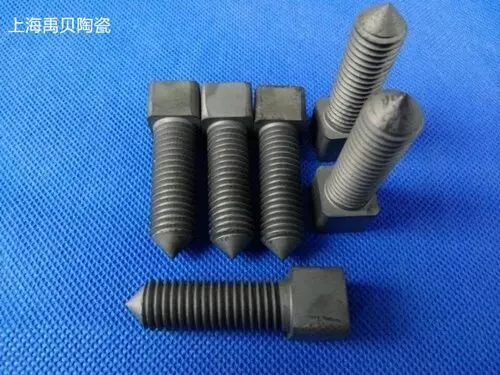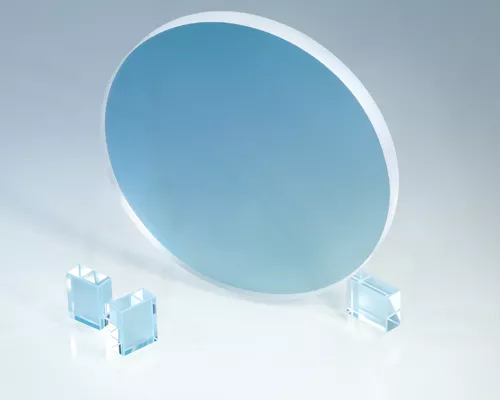The National Standard of the People's Republic of China (GB/T39232-2020) for zirconia daily-use ceramic knives, issued by the State Administration for Market Regulation and the Standardization Administration of China, was released on November 19th, 2020 and will officially take effect on October 1st of this year. The standard specifies the requirements, testing methods, inspection rules, as well as marking, packaging, transportation, and storage requirements for zirconia daily-use ceramic knives made of partially stabilized tetragonal polycrystalline zirconia ceramic material with yttria, and with no decals or coatings on the blade.
The purpose of establishing national standards is to provide a common production and implementation standard for all enterprises producing zirconia daily-use ceramic knives, which can help promote stronger management and higher product innovation levels in industrial production, and produce high-quality products. National standards are the most basic requirements for product quality in enterprises, and surpassing national standards as a goal is the criterion for enhancing product competitiveness and improving the international competitiveness of domestic products for major enterprises.
Tools are commonly seen in our daily lives, and in recent years, new ceramic cutting tools have emerged and are now occupying the cutting tool market along with the commonly sold alloy cutting tools.
Initially developed and launched by Kyocera Corporation of Japan, most of the ceramic knives on the market are made from a nanomaterial called zirconia. Zirconia powder is processed at a high temperature of 2000℃ under a pressure of 300 tons, and then molded into a blade with a handle after being polished with diamond. Therefore, ceramic knives have characteristics such as high hardness, high density, high-temperature resistance, anti-magnetization, and anti-oxidation.
Kyocera has become one of the leading enterprises in developing and producing advanced ceramics since its establishment in 1959. As early as 1984, Kyocera began producing Japanese kitchen knives in Sendai, with blades made of zirconia ceramics, making it one of the pioneers of Japanese kitchen knives. The long-term experience in the field of precision ceramic materials of Kyocera is applied to the production of high-quality, strong, and sharp ceramic knives.
Zirconia ceramic knives have a unique luster and elegance, and are known as "aristocratic knives". Their blades are extremely sharp and their wear resistance is dozens of times higher than that of steel knives, making them arguably "never worn out". The development level of ceramic knives in China is not worse than that in foreign countries, but their practical application has been slow, and most households still tend to choose traditional alloy knives. High-quality ceramic knives are expensive, making them less accessible to ordinary households.
Comparison of performance between high-quality zirconia ceramic knives and metal knives:
(1) When cutting food:
Zirconia ceramic knives: Made of high-tech nano zirconia as raw material, they have high hardness and do not require sharpening under normal use, avoiding dropping to the ground, external impact, and chopping hard objects. The blade is sharp and can be used to handle food cleanly and efficiently with correct and safe operating methods.
Metal knives: They have better compression resistance than ceramic knives and can chop bones and other hard foods. They do not break or become unusable when accidentally dropped from a high place to the ground. The disadvantage is that they need to be sharpened frequently after multiple uses to ensure normal use of the knife.
(2) On hygiene and environmental protection:
Zirconia ceramic knives: Ceramic knives undergo anti-oxidation treatment before leaving the factory, with extremely high density and no capillary pores on the surface. The special ceramic material does not produce odors or metallic tastes. This technology has also passed food safety material testing and is healthy and hygienic.
Metal knives: Traditional metal knives have a high product density and numerous capillary pores on the surface, making it easy for food residue to remain in them. The knife body is prone to rusting. Some metal knives produce trace metal elements, and the metallic taste easily adheres to the food, affecting our eating experience.
The popularity of ceramic knives in recent years has gradually shown its advantageous position in the public's vision, but there are many domestic ceramic knife manufacturers, and a large part of them use low-priced but poor-quality zirconia raw materials to produce ceramic knives to earn high profits. This is undoubtedly a deception to consumers. The influx of inferior ceramic knives in the market will indirectly affect the quality of high-quality ceramic knife manufacturers' products, further affecting the development of the entire ceramic knife market. The development and implementation of the National Standard of the People's Republic of China for zirconia daily-use ceramic knives is an important measure to regulate the future zirconia ceramic knife market.
Declaration: This article is provided by CERADIR™ users or obtained from Internet, the content does not represent the position of CERADIR™. We are not responsible for the authenticity/accuracy of the article, especially the effects of the products concerned. This article is for study only, it does not constitute any investment or application advice. For reprinting, please contact the original author. If it involves the copyright and/or other issues, please contact us and we will deal with it asap! CERADIR™ has the interpretation of this declaration.







